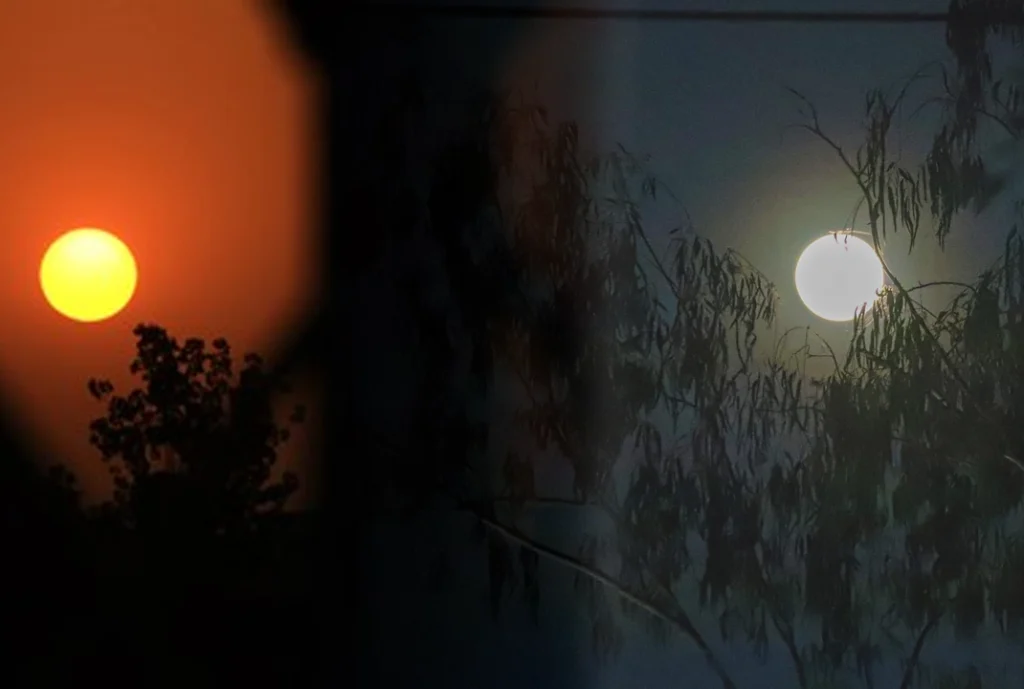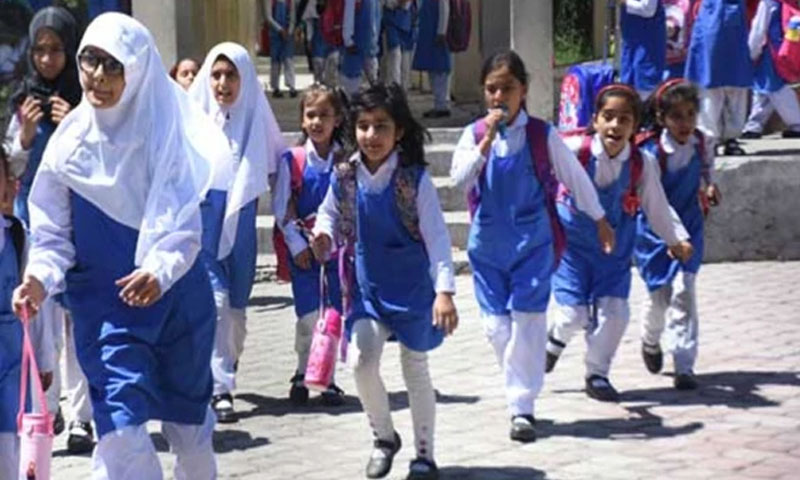- Web Desk
- Dec 13, 2025
Summer solstice is around the corner in Pakistan
-
- Web Desk
- Jun 19, 2025

WEB DESK: Every year around June 20-21, Pakistan marks the summer solstice, the longest day of the year in the Northern Hemisphere. This year, the solstice falls on Saturday, June 21, 2025.
On this day, the Northern Hemisphere is tilted most directly toward the sun, resulting in the greatest duration of daylight. Last year, on June 21, 2024, daylight in Islamabad extended to approximately 14 hours and 32 minutes, leaving just 9 hours and 28 minutes of night. Karachi too, got around 13 hours and 41 minutes of daylight. And Lahore enjoyed an extended day of about 14 hours and 12 minutes.
This annual astronomical milestone doesn’t just spur scientific interest – it also influences daily life. The Pakistan Meteorological Department (PMD) anticipates such variations to help local planning, and communities take advantage by arranging outdoor gatherings, sports events, and agriculture-related activities during the extended daylight.
OTHER SIDE OF THE COIN
Just like June brings the Summer Solstice – longest day of the year in Pakistan, December brings Winter Solstice – the shortest day of the year in Pakistan.
Twice a year, we also experience the winter solstice, typically on December 21 or 22. This marks the shortest day and longest night in the Northern Hemisphere and is due to the Earth’s axial tilt away from the sun. This year, it will be on Sunday, December 21, 2025.
On last winter solstice, in December 2024, Pakistan’s longest night fell on December 21. From Islamabad to Karachi, nights lengthened significantly as part of this ancient celestial pattern.
While mainstream Pakistani life is less centered around solstice rituals than in some cultures, both astronomical events are increasingly acknowledged. TV, newspapers, and meteorological updates spotlight these solstices for planning – especially in contexts like energy consumption, agriculture, and school calendars. For instance, Sindh province once extended summer holidays due to extreme heat coinciding with solstice-season weather peaks.
Though not a national celebrations or even a holiday in Pakistan, the solstices resonate through media, climate planning, and local traditions, showcasing how celestial mechanics remain woven into societal rhythms.
Also read: Diplomacy à la Carte: What was on Field Marshal’s plate at the White House lunch?





